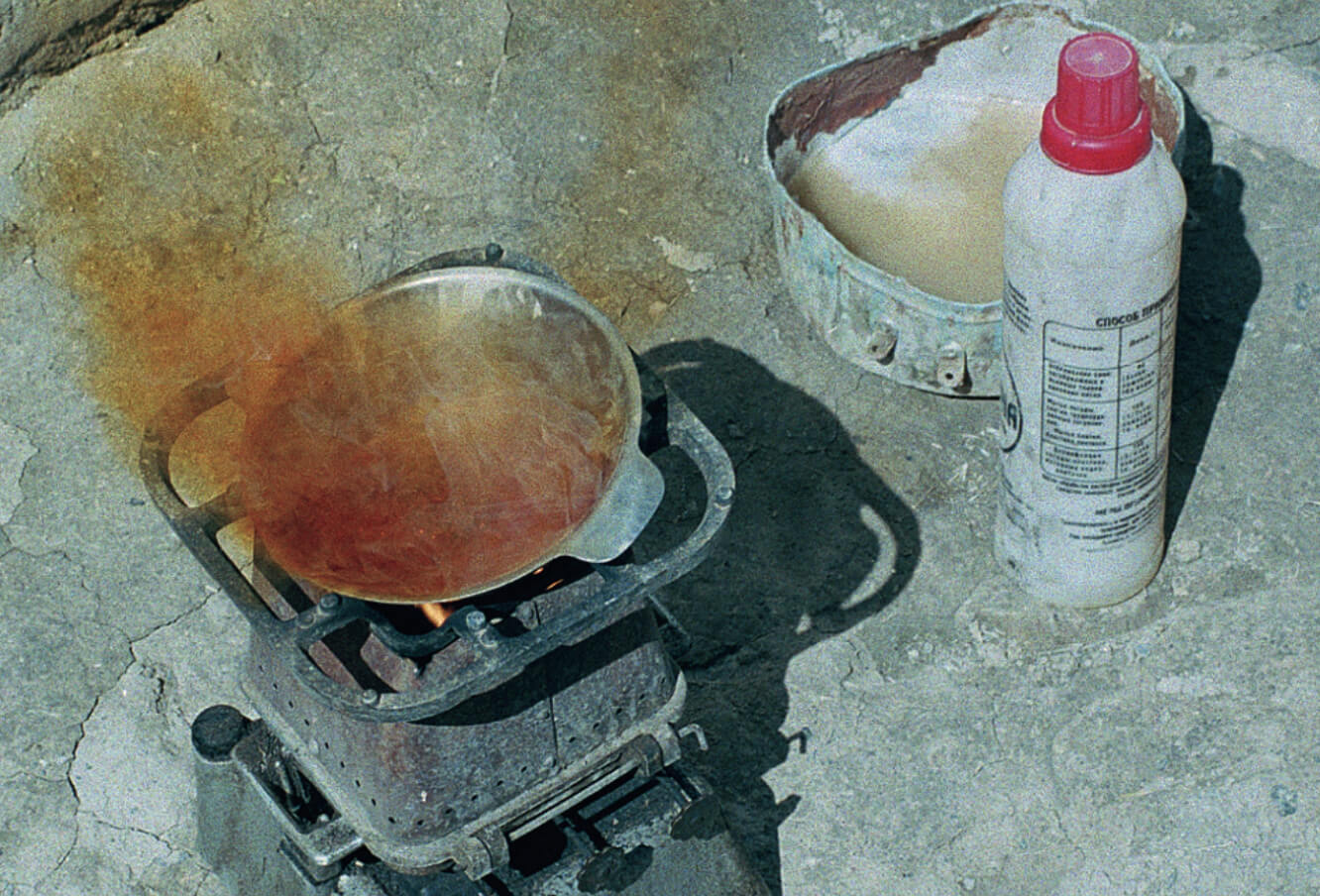
How to Cite
Share
Abstract
Small-scale mining is the main source of income for about 100 million people in Asia, Africa and South America. However, the processing of raw materials during this mining activity results in the release of large amounts of mercury to the environment, creating serious environmental problems. Small-scale mining, or artisanal mining, is exploitation using only shovels, picks and hammers, carried out by individuals or small groups. A wide variety of commodities are exploited in this way, ranging from gold, diamonds, precious stones, tin, coal, dimension stones and slate. Small-scale mining is often carried out by labourers with virtually no knowledge of safety procedures. Tunnel cave-ins leading to loss of life are common, and the widespread use of mercury in gold extraction causes many long-term health problems for the miners. It is estimated that about 650 tonnes of mercury are annually released during small-scale mining to the environment, and this figure is likely to increase in the future. Mercury is highly toxic and its use causes health problems not only for the miners, but also to the entire population in areas where small-scale mining takes place. Some miners are aware of the dangers of using mercury, but have no knowledge of recycling procedures. Several international organisations, such as the World Bank, UNIDO (United Nations Industrial Development Organisation), ILO (International Labour Organisation) and UNDP (United Nations Development Programme), have launched programmes to examine the problems associated with small-scale mining. Progress so far has been slow, and much more international awareness of the global mercury pollution of the environment from smallscale mining is required. The Geological Survey of Denmark and Greenland (GEUS) has worked as consultant to the World Bank on projects involving small-scale mining in Kyrgyzstan, Mongolia and Laos, and has also undertaken programmes concerning small-scale mining in Lesotho for UNDP and in Tanzania for the Danish International Development Agency (DANIDA). This paper reports on some of the initiatives carried out in Kyrgyzstan and Mongolia, to secure and sustain the small-scale mining industry in these regions.
How to Cite
Share
Downloads
Editors: Martin Sønderholm & A.K. Higgins
The Review of Survey activities presents a selection of 18 papers reflecting the wide spectrum of activities of the Geological Survey of Denmark and Greenland, from the microbial to the plate tectonic level.
Activities in Denmark: The Survey's activities in Denmark are documented by 11 papers. The main themes [...]










